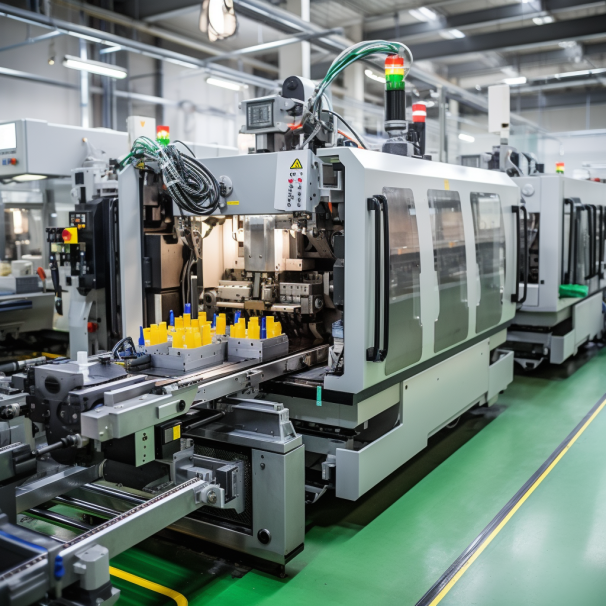Introduction: Quality at the Heart of Production
Injection molding, as a primary method of mass-producing plastic components, demands rigorous quality control (QC) measures. Ensuring consistency, precision, and meeting industry standards are essential for maintaining a competitive edge. This article delves into the best practices and modern techniques to guarantee quality control in the injection molding process.
The Pillars of Quality Control in Injection Molding
Precision in Mold Design
Before any plastic is melted, the mold design sets the stage for the quality of the final product. Advanced computer software ensures the design’s precision, minimizing flaws and errors.
Selection of Suitable Materials
The type of plastic resin used can dramatically impact the quality of the end product. Factors like heat resistance, flexibility, and strength need to be considered.
Process Monitoring and Automation
With modern machines equipped with sensors and real-time feedback mechanisms, any deviations from the desired parameters are instantly detected, ensuring consistent quality.
Best Practices for Quality Assurance
Routine Equipment Maintenance
Regularly servicing injection molding machines helps maintain optimal performance and reduce unexpected downtime.
Employee Training
Even with the most advanced equipment, trained operators are crucial. Regular training sessions ensure they’re updated on the latest techniques and safety protocols.
Sample Testing
Before mass production, producing samples helps in identifying any potential issues. These samples undergo rigorous testing to ensure they meet desired specifications.
Modern Techniques for Enhanced QC
Incorporating IoT and Machine Learning
Internet of Things (IoT) devices, combined with machine learning algorithms, can predict equipment failures and process anomalies, ensuring proactive measures.
Advanced Imaging Systems
Today’s imaging systems, like 3D scanning and computer tomography, allow for in-depth analysis of sample parts, ensuring they meet dimensional and structural criteria.
Real-time Monitoring Software
With software solutions providing real-time data on the molding process, deviations are instantly flagged, ensuring rapid corrective actions.
The Role of External Audits and Certifications
ISO Certifications
Achieving and maintaining certifications like ISO 9001 signals a commitment to quality, helping to build trust with clients and stakeholders.
Third-party Audits
External audits provide an objective assessment of the QC processes, highlighting areas for improvement and validating current practices.
Environmental Considerations and Quality
Sustainable Material Usage
High-quality products can also be eco-friendly. Using recycled or biodegradable plastics ensures quality while reducing environmental impact.
Energy-efficient Machinery
Modern injection molding machines are designed to be energy-efficient, reducing carbon footprints without compromising on product quality.
Conclusion: The Continuous Pursuit of Excellence
Quality control in injection molding isn’t a one-time effort; it’s a continuous commitment. With the integration of technology, rigorous testing, and an emphasis on training, manufacturers can ensure they consistently produce high-quality products that meet and exceed industry standards.



